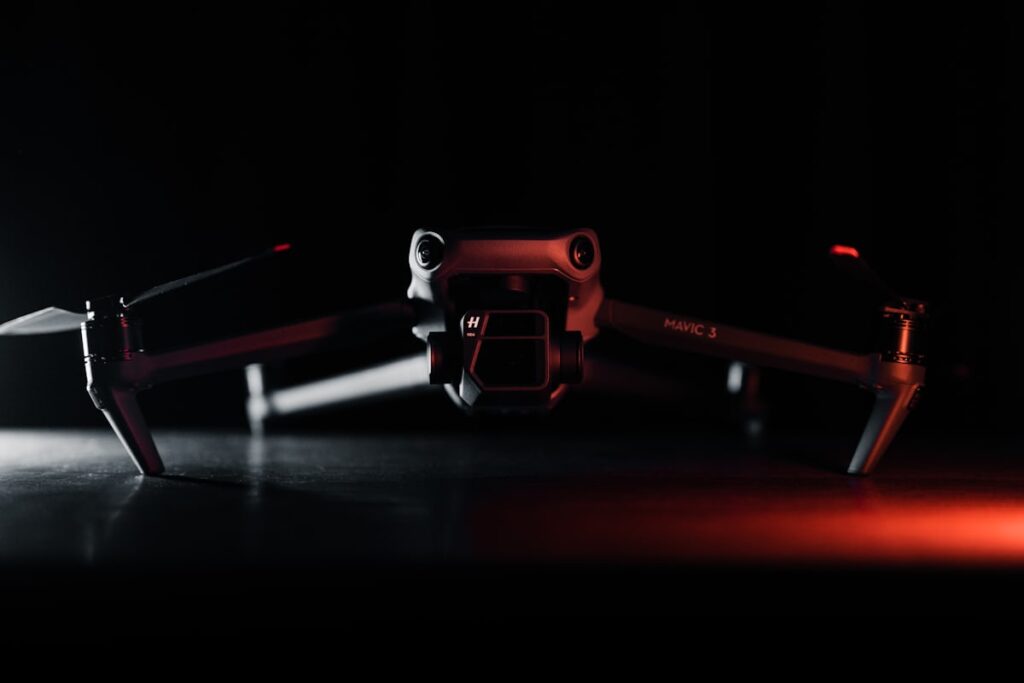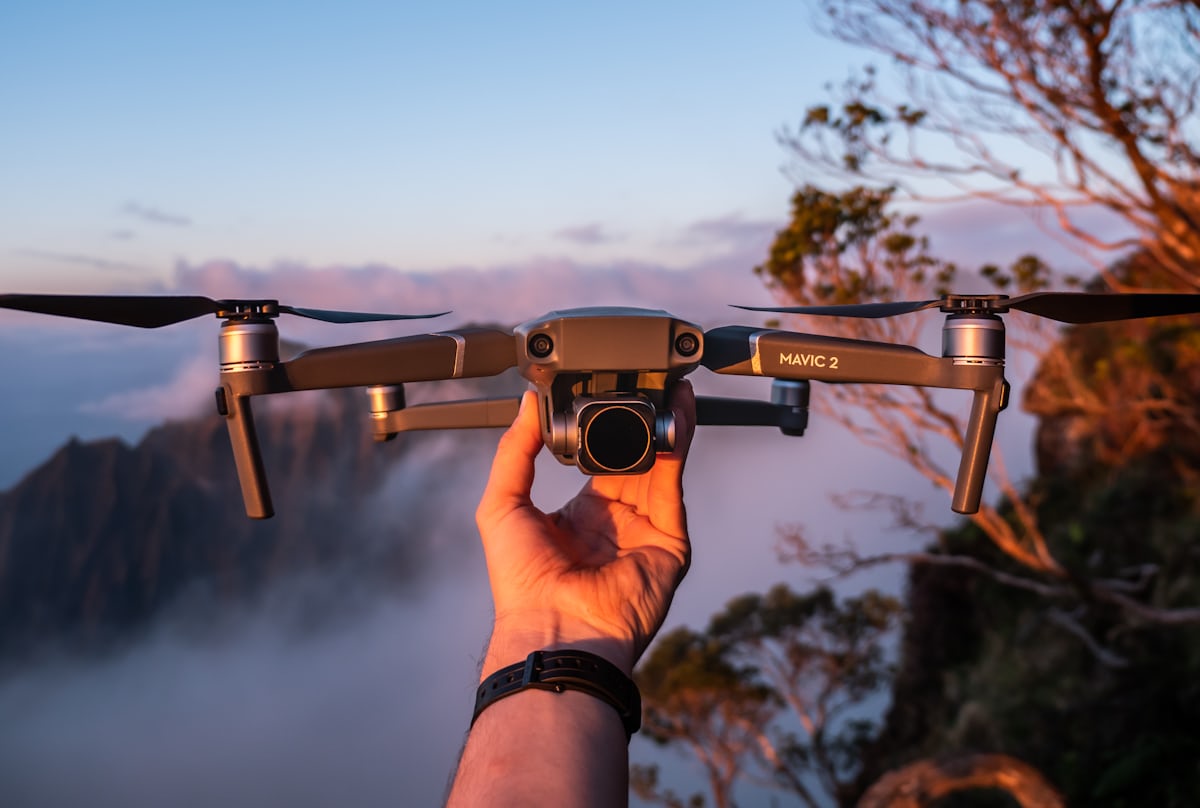The Rise of RC Drones: Revolutionizing Technology and Leisure
Introduction
In recent years, RC (remote-controlled) drones have surged in popularity, transforming from niche gadgets into mainstream devices with a multitude of applications. This surge reflects advancements in technology, shifts in consumer interest, and the growing versatility of drones. From hobbyists capturing breathtaking aerial footage to professionals utilizing drones for complex tasks, the rise of RC drones is a fascinating development in both technology and leisure.
Historical Context
The concept of remote-controlled aircraft isn’t new; however, the modern drone has evolved significantly. Early RC models were rudimentary and primarily used for simple recreational purposes. With advancements in technology, particularly in miniaturization, battery life, and control systems, drones have transitioned from basic toys to sophisticated flying machines capable of performing complex tasks.

Technological Advancements
Miniaturization and Design
One of the most significant technological advancements in RC drones is miniaturization. Modern drones are remarkably compact, yet they house advanced technology such as high-definition cameras, GPS systems, and robust flight controllers. This miniaturization has made drones more accessible and user-friendly, catering to both amateur and professional users.
Battery Life and Power
Battery technology has also seen considerable improvements. Early drones struggled with short flight times due to inadequate battery life. Today’s drones, however, benefit from advancements in battery technology, offering longer flight times and more efficient power consumption. Innovations such as lithium-polymer (LiPo) batteries have dramatically enhanced the performance and endurance of RC drones.
Control Systems and Navigation
Control systems have become more sophisticated, with advancements in remote control technology and flight stabilization systems. Modern drones often feature GPS and IMU (inertial measurement unit) systems that provide precise control and stability, even in challenging conditions. Additionally, many drones now support autonomous flight modes, allowing for pre-programmed routes and automated functions, making them more versatile and easier to use.
Applications and Uses
Recreational Use
For hobbyists, RC drones offer endless possibilities for recreation. Aerial photography and videography have become popular among enthusiasts, with drones capturing stunning views and providing a new perspective on landscapes. Drone racing has also emerged as a thrilling sport, combining speed and skill in competitive events.
Professional Applications
The professional applications of drones are vast and varied. In agriculture, drones are used for crop monitoring, mapping, and precision farming, helping farmers increase efficiency and yield. In construction and real estate, drones provide aerial inspections and high-quality imagery, assisting in project management and marketing. Additionally, drones play a crucial role in search and rescue operations, providing real-time footage and enhancing the effectiveness of emergency response teams.
Environmental and Scientific Research
Drones are increasingly utilized in environmental and scientific research. They are employed for wildlife monitoring, habitat mapping, and environmental assessments. Their ability to access remote or difficult-to-reach areas makes them invaluable tools for researchers studying ecosystems and collecting data.
Regulatory and Ethical Considerations
With the rise of RC drones comes the need for regulation and ethical considerations. Governments worldwide are implementing regulations to ensure safe and responsible drone use. These regulations often address aspects such as no-fly zones, altitude limits, and privacy concerns. As drones become more prevalent, it is crucial for users to adhere to these regulations and consider the ethical implications of their use, particularly concerning privacy and data security.
Future Prospects
The future of RC drones appears promising, with ongoing advancements likely to drive further innovation. Emerging technologies such as artificial intelligence (AI) and improved communication systems are expected to enhance the capabilities of drones, making them even more versatile and efficient. Additionally, the integration of drones with other technologies, such as the Internet of Things (IoT) and 5G networks, will open up new possibilities for their application and functionality.
Conclusion
The rise of RC drones represents a significant leap forward in technology and leisure. From their humble beginnings as simple toys to their current status as sophisticated, multi-functional devices, drones have captured the imagination of both hobbyists and professionals alike. As technology continues to advance, drones are set to play an increasingly important role in various fields, revolutionizing how we interact with and understand the world around us.

